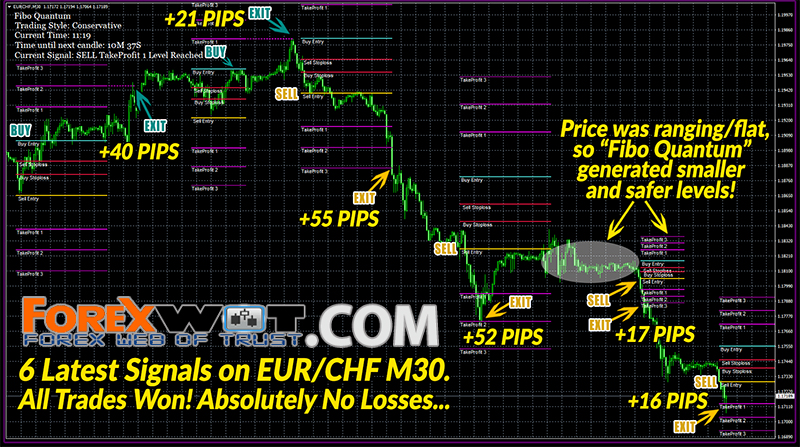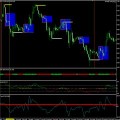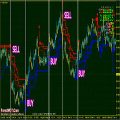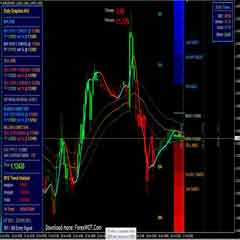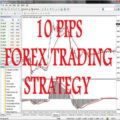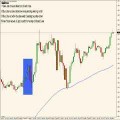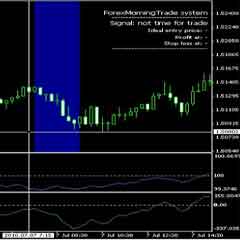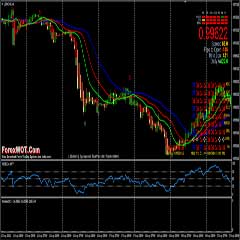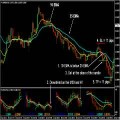Best Intra-day Forex Trading Strategies – I would like to show you an example of a simple trading strategy which uses high accuracy indicators. This is a simple M15 hour Forex strategy.
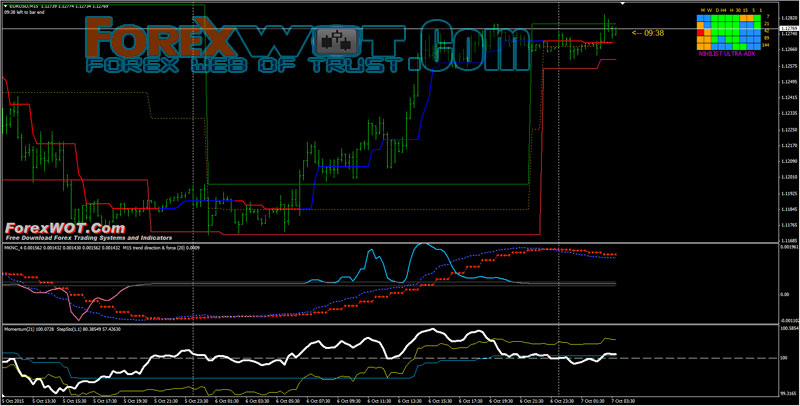
Time frame 15 min or higher.
Currency pairs: majors.
Metatrader indicator:
- Trend Way (alias Blip),
- MKNC
- Candle Countdown
- Ultra ADX
- Synergy DSR
- ML Tren Indicator
- Momentum
- StepSto
- Trend way indicator blue line.
- MKNC indicator line blue crosses upward red dot line.
- ML Tren Indicator line blue crosses upward vertical line
- Ultra ADX all green.
- Momentum Indicator line crosses upward vertical line ( >100 ).
- StepSto Indicator yellow line crosses upward StepSto blue line.

- Trend way indicator red line.
- MKNC indicator line blue crosses downward red dot line.
- ML Tren Indicator line red crosses downward vertical line.
- Ultra ADX all red.
- Momentum Indicator line crosses downward vertical line ( <100 ).
- StepSto Indicator yellow line crosses downward StepSto blue line.

Exit position with fast profit target and initial stop loss on the previous swing high/low. Great profitability with 12-16 pips as profit target at the 30 min time frame.
Certain mistakes can keep traders from achieving their investment goals. Following are some of the common pitfalls that can plague forex traders:
- Not Maintaining Trading Discipline
The largest mistake any trader can make is to let emotions control trading decisions. Becoming a successful forex trader means achieving a few big wins while suffering many smaller losses. Experiencing many consecutive losses is difficult to handle emotionally and can test a trader’s patience and confidence. Trying to beat the market or giving in to fear and greed can lead to cutting winners short and letting losing trades run out of control. Conquering emotion is achieved by trading within a well-constructed trading plan that assists in maintaining trading discipline.
- Trading Without a Plan
Whether one trades forex or any other asset class, the first step in achieving success is to create and follow a trading plan. “Failing to plan is planning to fail” is an adage that holds true for any type of trading. The successful trader works within a documented plan that includes risk management rules and specifies the expected return on investment (ROI). Adhering to a strategic trading plan can help investors evade some of the most common trading pitfalls; if you don’t have a plan, you’re selling yourself short in what you can accomplish in the forex market.
- Failing to Adapt to the Market
Before the market even opens, you should create a plan for every trade. Conducting scenario analysis and planning the moves and countermoves for every potential market situation can significantly reduce the risk of large, unexpected losses. As the market changes, it presents new opportunities and risks. No panacea or foolproof “system” can persistently prevail over the long term. The most successful traders adapt to market changes and modify their strategies to conform to them. Successful traders plan for low probability events and are rarely surprised if they occur. Through an education and adaptation process, they stay ahead of the pack and continuously find new and creative ways to profit from the evolving market.
- Learning Through Trial and Error
Without a doubt, the most expensive way to learn to trade the currency markets is through trial and error. Discovering the appropriate trading strategies by learning from your mistakes is not an efficient way to trade any market. Since forex is considerably different from the equity market, the probability of new traders sustaining account-crippling losses is high. The most efficient way to become a successful currency trader is to access the experience of successful traders. This can be done through a formal trading education or through a mentor relationship with someone who has a notable track record. One of the best ways to perfect your skills is to shadow a successful trader, especially when you add hours of practice on your own.
- Having Unrealistic Expectations
No matter what anyone says, trading forex is not a get-rich-quick scheme. Becoming proficient enough to accumulate profits is not a sprint – it’s a marathon. Success requires recurrent efforts to master the strategies involved. Swinging for the fences or trying to force the market to provide abnormal returns usually results in traders risking more capital than warranted by the potential profits. Foregoing trade discipline to gamble on unrealistic gains means abandoning risk and money management rules that are designed to prevent market remorse.
- Poor Risk and Money Management
Traders should put as much focus on risk management as they do on developing strategy. Some naive individuals will trade without protection and abstain from using stop losses and similar tactics in fear of being stopped out too early. At any given time, successful traders know exactly how much of their investment capital is at risk and are satisfied that it is appropriate in relation to the projected benefits. As the trading account becomes larger, capital preservation becomes more important. Diversification among trading strategies and currency pairs, in concert with the appropriate position sizing, can insulate a trading account from unfixable losses. Superior traders will segment their accounts into separate risk/return tranches, where only a small portion of their account is used for high-risk trades and the balance is traded conservatively. This type of asset allocation strategy will also ensure that low-probability events and broken trades cannot devastate one’s trading account.
Many of the factors that cause forex traders to fail are similar to those that plague investors in other asset classes. The simplest way to avoid some of these pitfalls is to build a relationship with other successful forex traders who can teach you the trading disciplines required by the asset class, including the risk and money management rules required to trade the forex market. Only then will you be able to plan appropriately and trade with the return expectations that keep you from taking excessive risk for the potential benefits.

